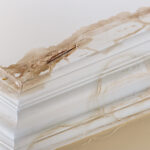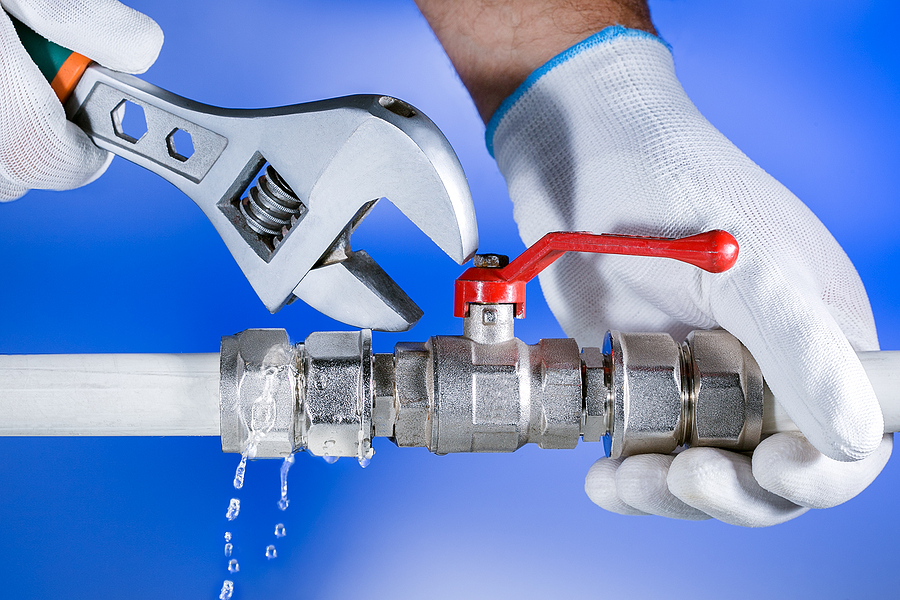Looking forward to becoming a DIY plumber? Are you desiring to learn how to fix minor plumbing problems?
Well, you can actually save a lot of money by doing plumbing repairs such as fixing dripping faucets, unclogging drains, and working on overflowing toilets. Being able to work out your plumbing problems (while using a plumbing glossary if needed) is something that many of us want to be capable of doing since it costs less and may give us that good feeling of satisfaction. However, if you want something to be done quickly, you may want to stall your DIY efforts if you currently don’t have time to fix something and allow for a plumbing company to get it fixed quickly as you’re taking care of other business. This way, you can resume to your learning at another time while still being in charge of a house that is repaired and functioning as it should be.
Always fix minor problems that arise in your plumbing system before they turn into serious issues that can only be solved by the experts.
Here’s a detailed list of six tips, in collaboration with Fast Plumbers, that may assist you in fixing plumbing issues sooner with the right plumbing tools.
Tip #1: Don’t shy away from replacing interior parts of your faucet or toilet
Dethatching water pipes below the sink or in the shower may lead to a mess in case you make mistakes. However, you may not do a lot of damage when attempting to replace a faucet cartridge or toilet flapper.
Worn out flappers often lead to toilet leakage between the bowl and tank. A flapper is affordable and comes with simple instructions on how to replace it.
You can repair most modern sink and bathroom faucets by replacing a faulty cartridge. You’ll only have to remove the screw holding it in place to replace it.
If you notice that your toilet is running by itself or the sink is leaking or dripping, simply get the right replacement parts to get it functioning efficiently again.
Tip #2: Avoid clearing clogs with chemicals
In the event that your drain clogs, avoid using chemical drain cleaning agents. They’re usually expensive and toxic. You should rather unclog a slow drain manually using a drain clearing snake.
Simply insert the snake into the affected drain. Then pull it back to remove the clog. Alternatively, you can use a dry/wet vacuum to remove the clog.
Tip #3: Inspect the showerhead for any issues
If your showerhead is dripping, you can easily use a thread tape to fix it. The leak is usually as a result of threads that are not connecting tightly. Just unscrew your showerhead and apply new thread tape clockwise. Then screw it back.
In case your showerhead has a clog, soak the showerhead spray in a mixture of vinegar and warm water. Allow it to soak for an hour. Then use a brush to scrub off the mineral deposits causing the blockage.
Tip #4: Use a thread tape instead of a thread sealing product
Thread sealing products (pipe dopes) can drip or even smear. Thread tape works well for most plumbing projects that involve pipe threads.
You can go for the multi-purpose type of tape (usually white) or go for thicker tape (pink in color for water and yellow in color for gas). Thicker tape is easier to handle.
Wrap the thread tape counterclockwise around plumbing threads. If you’re unable to roll the tape into tight spaces, wrap some few turns around a pen and use the pen to apply it around the tight space. For the best results, wrap the thread tape thrice.
Tip #5: Loosen tough pipe fittings with heat
If you have tried to use a sturdy pipe wrench to loosen a pipe fitting without success, don’t give up yet. While hardened fixtures make it almost impossible to do a DIY repair, you can easily loosen them by applying heat on solidified, old pipe dope.
You can use a propane torch to heat the fitting. A small torch will easily do the magic. Protect the nearby wall and fixtures using heat-resistant materials.
Only apply heat on metallic water pipes. Don’t attempt to heat gas pipes or any pipes close to a gas pipe. Also, never apply heat on plastic fittings or pipes.
Tip #6: Enhance the efficiency of the water heater
Always check the water heater thermostat and ensure it is not set on the highest level. You can set it to a lower level and still enjoy sufficient water temperature. It’ll also help to insulate the tank.
Insulating the tank will assist in keeping water hot for longer periods. However, avoid covering the thermostat when insulating the tank. You can find inexpensive insulating blankets. Most of them are easy to install.
If you reside in a location where sediments collect in water lines, then you should remove them from the water heater tank regularly.
You can do this by draining approximately a quarter gallon of the tank water once in every three months. Ensure the water heating system is turned off before draining the tank.
Then open the tank drain and collect the water in a steel bucket or bowl. Draining it will remove any sediment settled at the bottom. Allowing the tank to have excessive sediment will make it inefficient.
Although you might be a bit reluctant to take on tough plumbing issues, small leaks and clogs can be dealt with easily without hiring a plumber.
However, it’ll help to contact a plumber in case of challenging and major issues that you can’t tackle on your own. Nevertheless, it’s quite satisfying when fixing plumbing issues yourself.
Image Source: BigStock.com (licensed)
Related Categories: Home, Reviews






